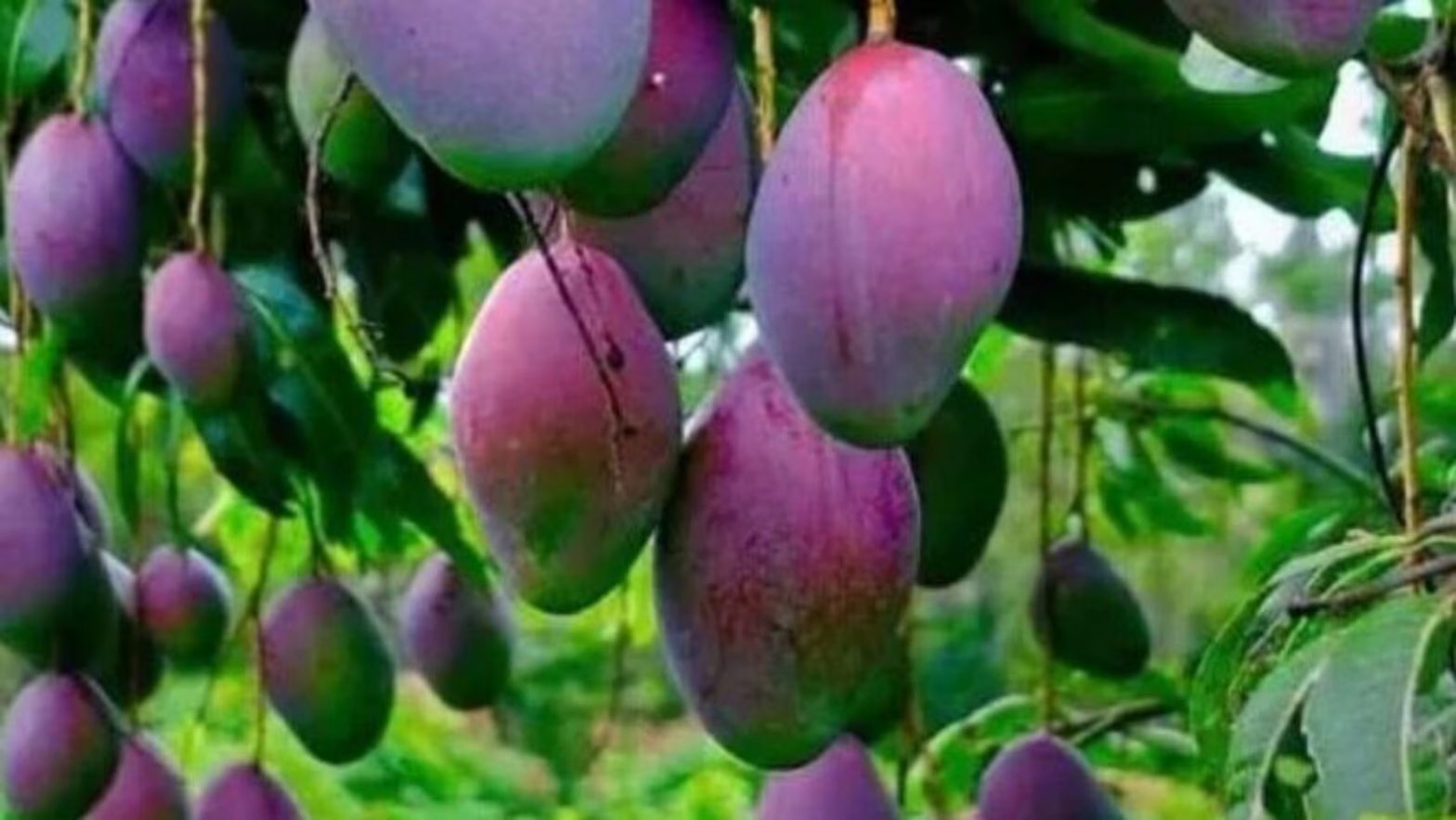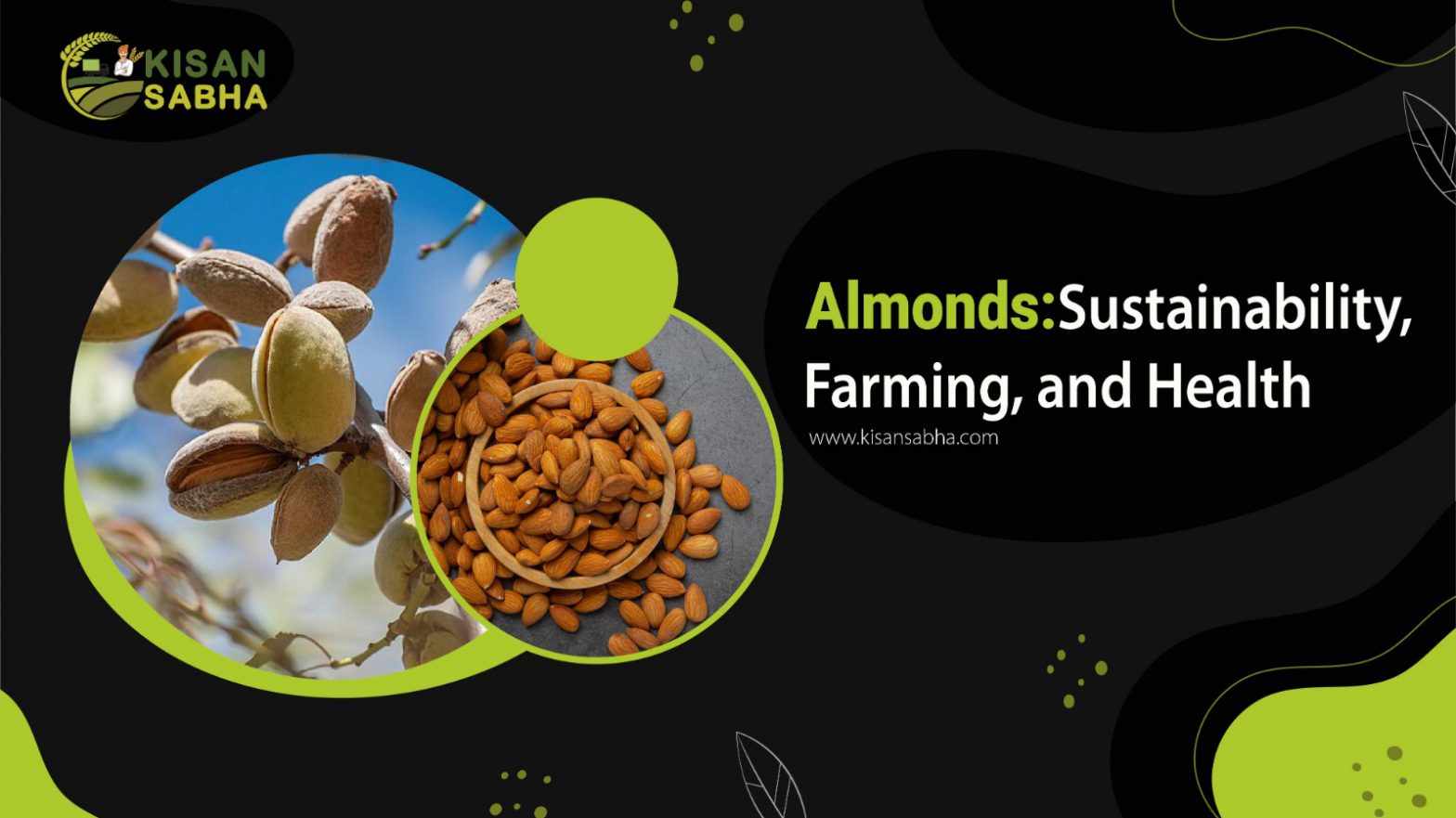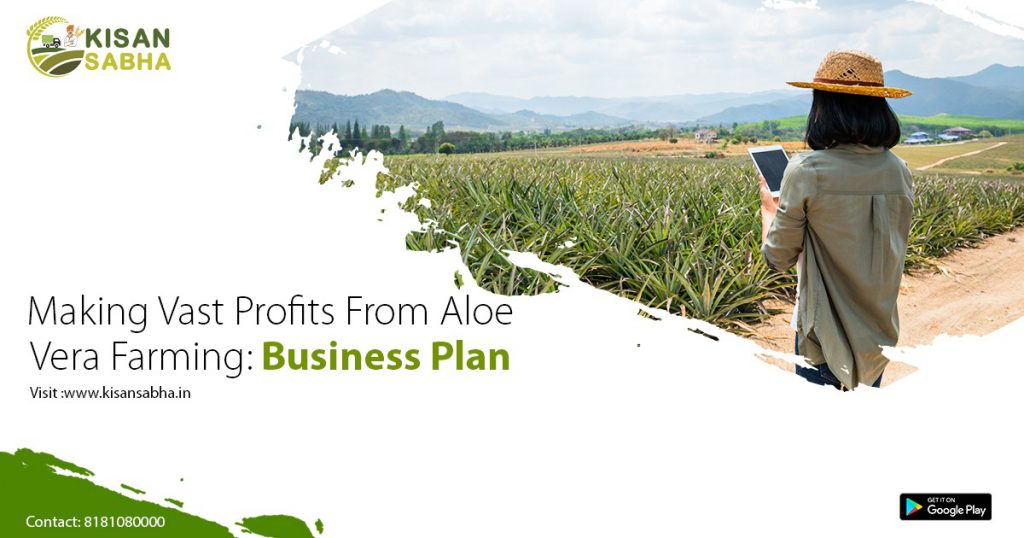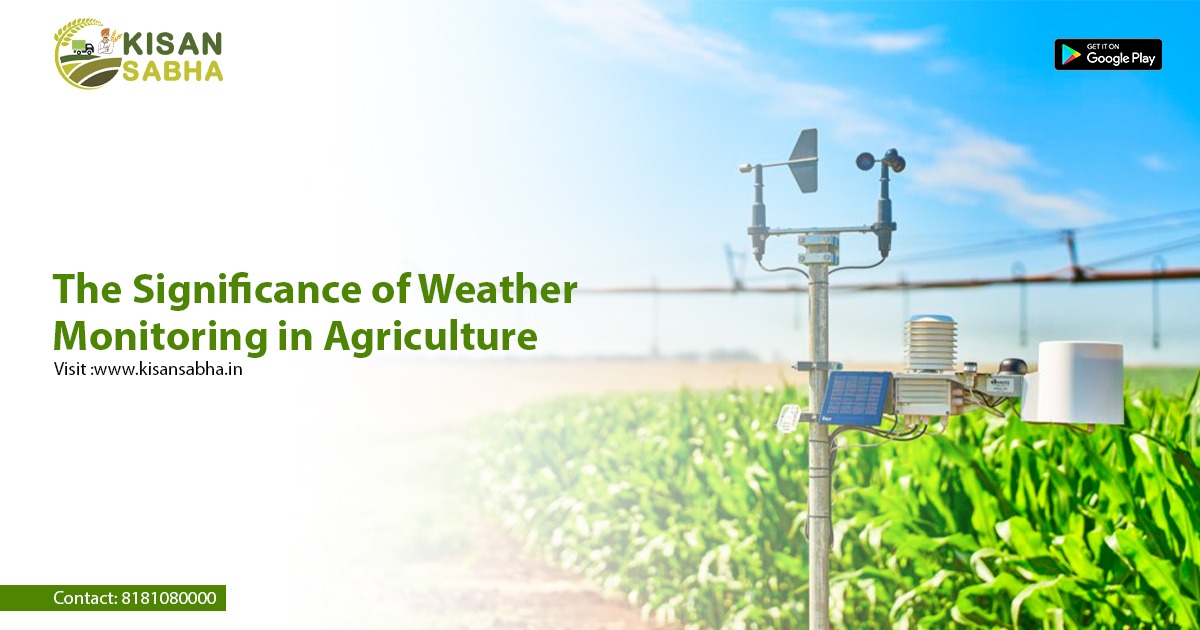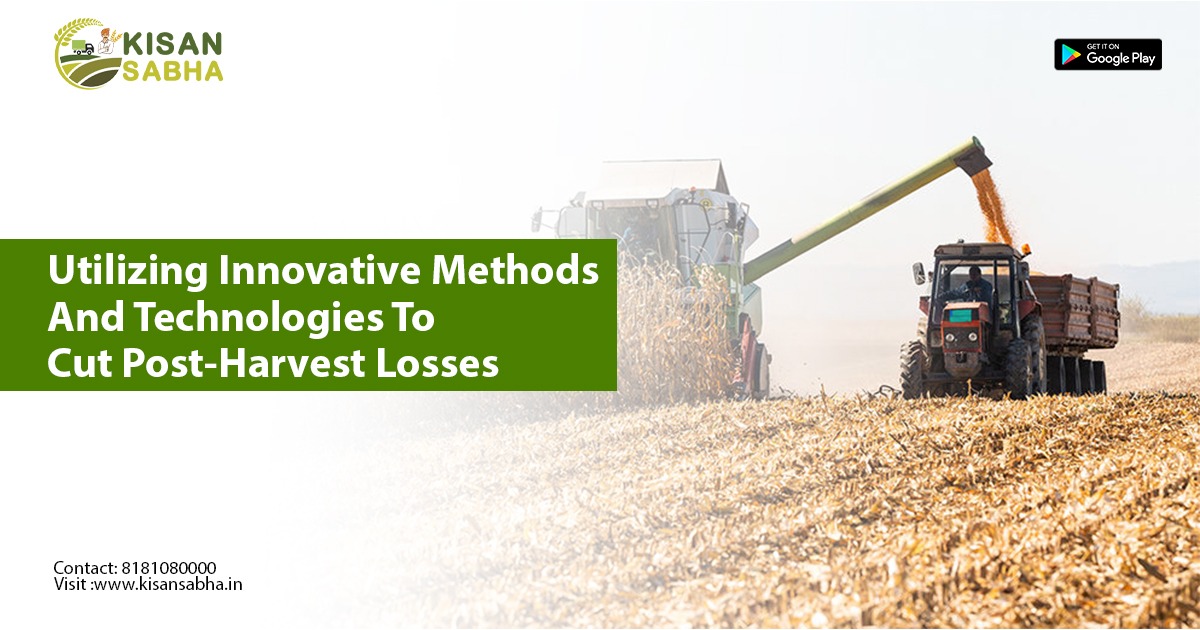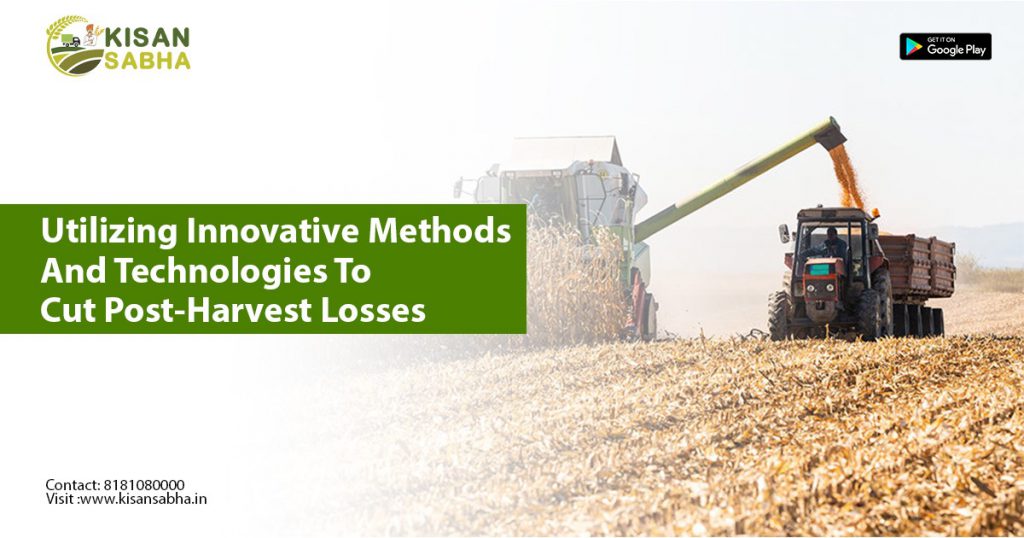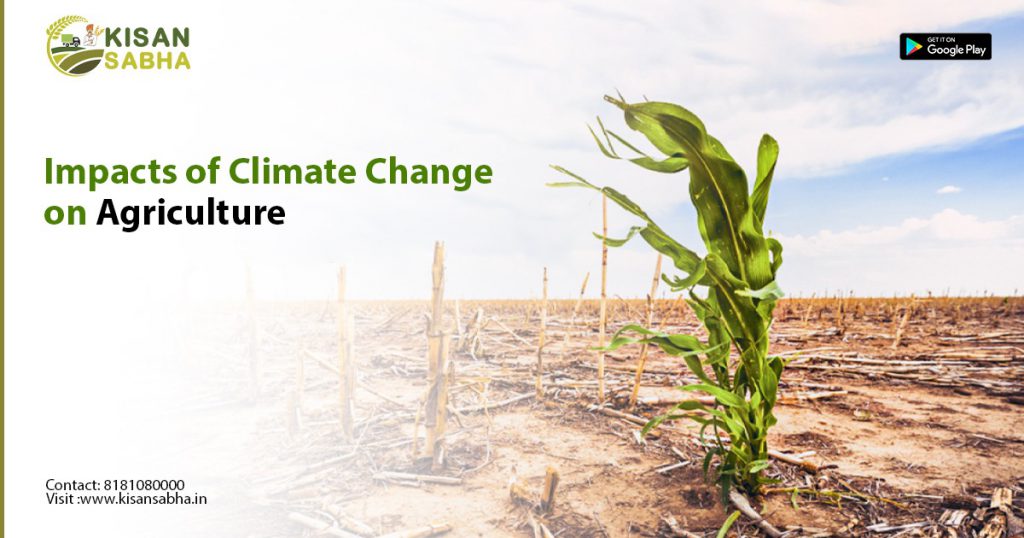Synopsis
Tomato prices have been under pressure for more than a month now on account of supply disruptions caused due to heavy rainfall in the key producing regions.
The kitchen staple, tomato, could soon cost you Rs 300 per kilogram, according to wholesale traders.
Kaushik, a member of the Agricultural Produce Marketing Committee (APMC), told PTI that vegetable wholesalers are facing losses as the sale of tomatoes, capsicum, and other seasonal vegetables has fallen drastically.
He said that the prices of tomatoes have shot up to Rs 220 per kilo from Rs 160 per kilo in the wholesale market, owing to which retail prices can also go up.
Meanwhile, Mother Dairy started selling the key kitchen staple at a whopping Rs 259 per kg on Wednesday via its Safal retail stores.
Tomato prices have been under pressure for more than a month now on account of supply disruptions caused due to heavy rainfall in the key producing regions.

There is a lot of difficulty in transportation of vegetables due to landslides and heavy rain in Himachal Pradesh. It takes 6 to 8 hours more than usual in exportation of vegetables from the producers due to which the price of tomato might reach nearly Rs 300 per kilogram,” Azadpur Mandi wholesaler Sanjai Bhagat told PTI.
He said the quality of tomatoes and other vegetables that they export from Himachal Pradesh, Karnataka and Maharashtra has come down.
Himachal Pradesh has witnessed heavy rains in July, resulting in damage to crops.
The prices might even reach Rs 300 per kg in the coming days, according to wholesale traders.
With the central government’s intervention through sale of tomatoes at a subsidised rate since July 14, retail prices in the national capital had begun softening recently but have again firmed up due to short supply.
Anil Malhotra who is a member of the Azadpur Agricultural Produce Marketing Committee (APMC), said that both the supply and demand for tomatoes are low in the market and that vendors are facing several difficulties.
Vendors are facing difficulties like late exportation of vegetables, deterioration of quality. Moreover, customers have been refusing to buy vegetables like tomatoes, capsicum, cauliflower and cabbage,” Malhotra said.
As per the data maintained by the consumer affairs ministry, retail price of tomato touched Rs 203 per kg on Wednesday, whereas at Mother Dairy’s Safal retail outlets, the price was ruling at Rs 259 per kg.
“Tomato supply has been affected across the country for the last two months owing to weather abnormalities. In the last two days, arrivals in Azadpur, which is the main feeder for Delhi, has also dropped drastically. Due to short supply, prices have sharply shot up in wholesale, resulting in impact at retail prices too,” a Mother Dairy spokesperson said.
According to Azadpur Tomato Association President Ashok Kaushik, “In the last three days, the arrival of tomatoes has reduced as the crop has been damaged in the growing regions because of heavy rainfall.”
Wholesale prices of tomato at Azadpur mandi here, Asia’s largest wholesale fruits and vegetables market, were on Wednesday ruling at Rs 170-220 per kg, depending on the quality.
Read more at-https://shorturl.at/dfqxQ

